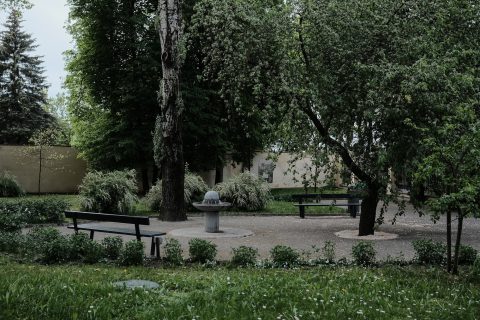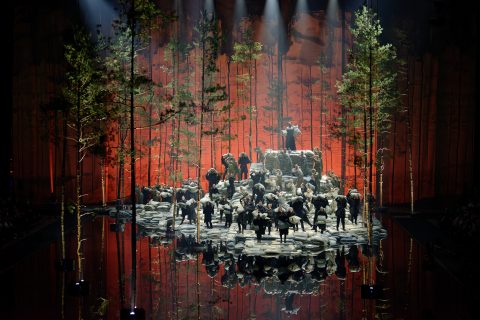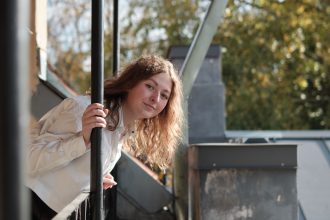“I read the book as soon as it came out. It touched me personally, as a woman, after all, it is a woman’s story, the story of a victim who is usually silenced, does not have words, the opportunity to express herself, is ignored and rejected,” perfumer Laima Kiškūnė remembers her acquaintance with Kaunas-born writer and doctor Dalia Grinkevičiūtė, who described her experience of exile in the book Lithuanians by the Laptev Sea.
Together with the olfactory art group Hortus Apertus, she is part of the exhibition Dalia Grinkevičiūtė (1927–1987). Spaces/Overcome Distances. The exhibition featured in the garden and the attic of Maironis Lithuanian Literature Museum – in which you will find L. Kiškūnė’s scent installation The Loops of the Stories of Suffering – was opened in May 2022 and will continue to run until the end of February. It is one of the initiatives dedicated to Kaunas 2022 program Memory Office. Its creators are Jurga Graf, Vytenė Muschick and Gintarė Valevičiūtė-Brazauskienė.
“While creating a common vision for the exhibition, together with co-authors Jurga and Vytenė, we delved into the biography of Dalia Grinkevičiūtė. We began by putting together the most important aspects of her life that we would like to highlight. We decided to present the woman as a writer because of her unique legacy, which reveals her unbreakable, strong personality, the most important aspects of her life and her experiences of exile and genocide,” G. Valevičiūtė-Brazauskienė says. She notices that D. Grinkevičiūtė’s memoirs stand out from other exile testimonies for their musicality and spaciousness; the text resonates, emits a scent, conveys the experiences of cold, hunger, death and vitality, love, hatred and the desire to survive at any cost.

Even before meeting her future colleagues, G. Valevičiūtė-Brazauskienė was working on an interactive film project Purga together with Antanas Skučas. The project was based on Gintautas Martynaitis’ graphic memories from his exile on the island of Trofimovsk, where D. Grinkevičiūtė had also ended up. “We wanted to extend the field of cinema experience by creating experiential video installations. Starting with visual, graphic memories from Trofimovsk Island, we delved into the subject of exile and genocide. While writing the script for the film and its interactive part, I had to read many similar painful memories and testimonies of exile. This is how I newly discovered D. Grinkevičiūtė’s text and met Vytenė, who was simultaneously carrying out various creative activities in order to present these memoirs not only in Lithuania but also abroad. Enthusiasm, our understanding of each other and even the same excerpts chosen from the memoirs, which we both quoted in our creative activities, turned into a common goal to create an exhibition.”
Thus, the memoirs, which had been hidden for several decades under a peony bush on Perkūno street in Žaliakalnis (D. Grinkevičiūtė, returning from her second exile, could not find them and rewrote them. It was the second version that became the aforementioned book, the title of which was suggested by Kazys Saja) inspired the concept of the exhibition, where various traditional and modern media stimulate the senses and create a reflection of collective experience. I can confirm this personally: while walking around the exhibition, I repeatedly met the gaze of others, whose eyes also shone like the light tinted by unexpectedly evoked memories. The exhibition, which includes both images and photographs, the authentic manuscript exhibited in Kaunas for the first time as well as scents, has three axes: the happy childhood in the temporary capital, the experience of exile in the Arctic and the scene of the mother’s burial in post-war Kaunas, in the basement of the family house.
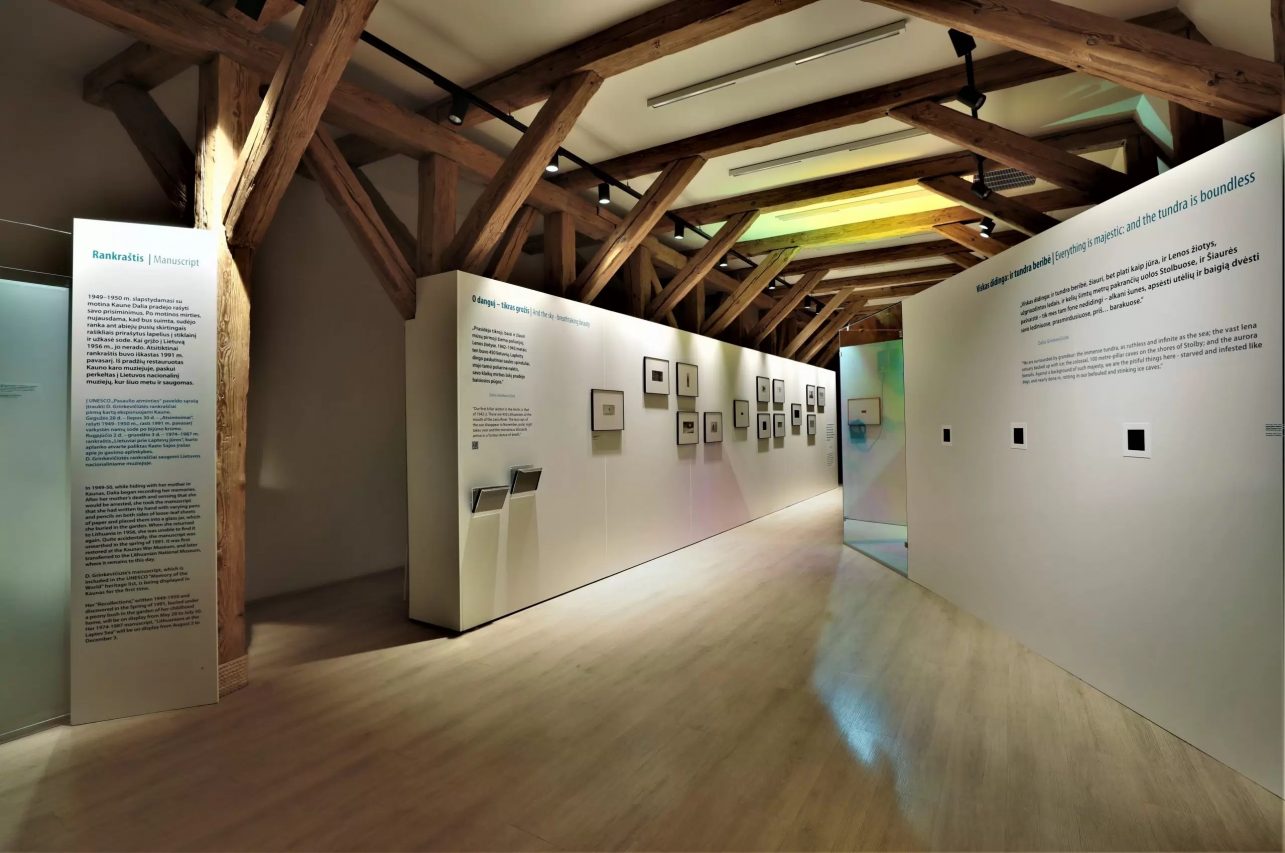
The scent installation The Loops of the Stories of Suffering is a compositional element of the arctic part of the exhibition in the museum’s attic. It deconstructs all these axes into objects that can be smelled and also connects all parts of the exhibition and, as G. Valevičiūtė-Brazauskienė notes, reveals its goals and highlights the elements of the whole in its own way. “A smell can be heard; it can describe space, time, state; through many inhalations and exhalations, it is preserved in the memory as flashes of experience between birth and death.”
After a breath of air, it can bring bad and good things, maybe even help you survive.
The creators of the exhibition were already aware of Laimė Kiškūnė’s work with artists, and previous scent installations, so they approached her first. The perfumer, in turn, introduced them to Hortus Apertus, an olfactory art group that spreads and explores the culture of scents in a wonderful variety of ways. In this way, a conceptual piece was created that fit well into the whole of the exhibition.
L. Kiškūnė notices that descriptions of suffering often seem banal, pain is difficult to express, and there is a lack of words. But there was nothing lacking in D. Grinkevičiūtė’s memoirs. “I was struck by the humanity in the extreme environment of inhumanity. Of course, when reading Lithuanians by the Laptev Sea, I wasn’t thinking about scents, I just paid attention to the strong sense of smell, that is, the effect on the sense of smell and the scent; I felt the smell of cold, snow, shacks and food, which led me to experience the story personally.
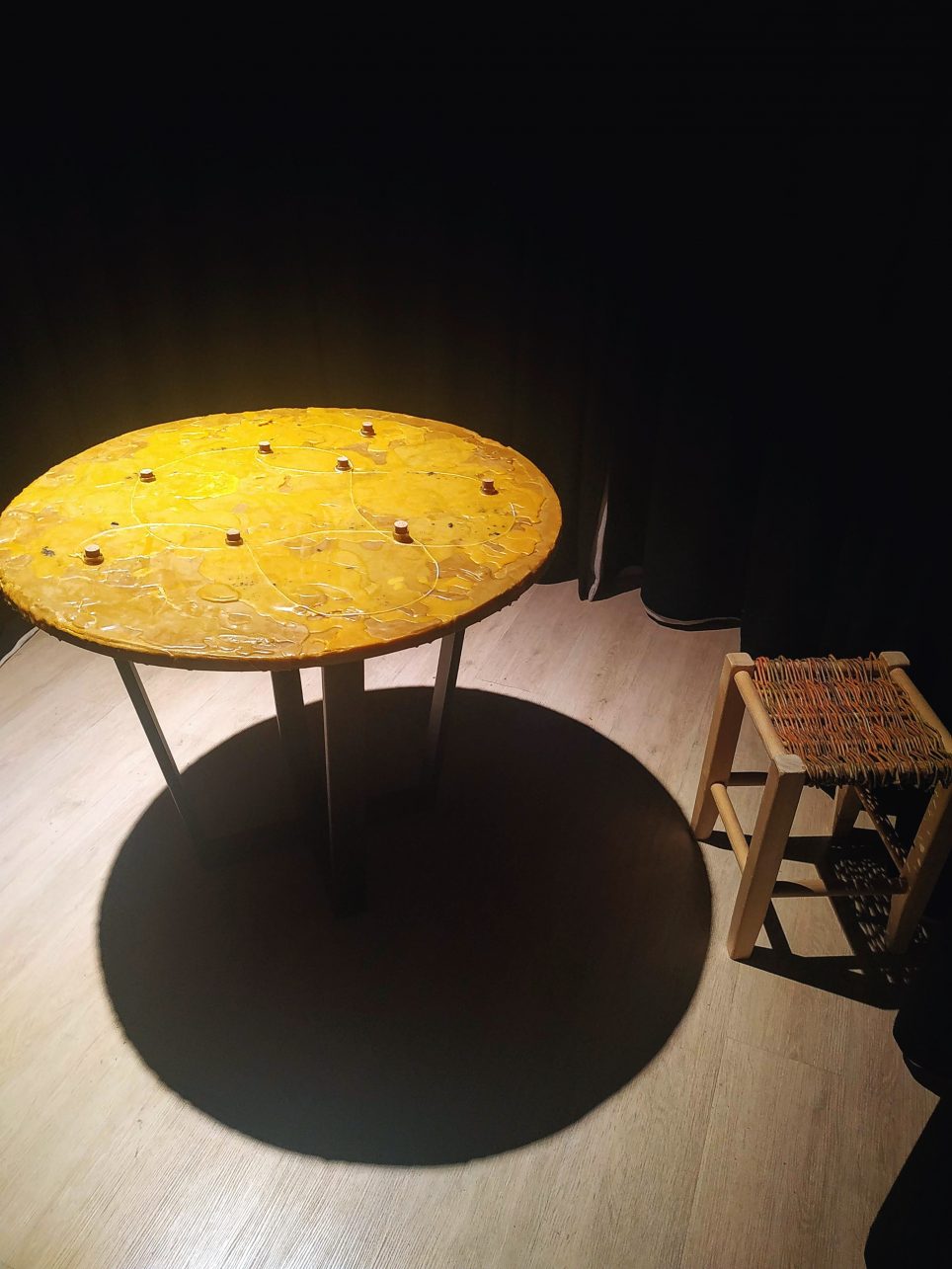
The scent artist reveals that the project was difficult. She had to touch upon the spiral-like history again. A childhood that ended in a day, days that never became normal again. D. Grinkevičiūtė never planned to obey the occupation regime, so her life was much harder than it could have been in a free Lithuania. And she died when the nation was waking up on the first day of Christmas, 1987. “With great talent, she put all that pain into words. And when there is nothing left, the smell remains, even if ephemeral; it is etched on the memory because it is related to emotions and memories. After a breath of air, it can bring bad and good things, maybe even help you survive,” L. Kiškūnė thinks.
The candle-like scent installation installed by the Hortus Apertus collective contains eight elements, born, as the creator says, from each other. Childhood and Milk Bar, a limit, bedbugs in a shack, a candle, iron road, crying grass, land, wolf’s bane/medicinal herb/healing. “A capsule is like a cycle of life, and these eight scents came together in my imagination and perception. I didn’t make a special effort to recreate something with photographic accuracy, hyper-realistically, I just remembered the feeling I got when reading the book”, says L. Kiškūnė. According to her, the scents in the exhibition are archetypal, symbolically summarizing our life, and capacious.
I understand that scent formulas are a complicated matter and, moreover, an artist’s secret. But aren’t we curious to know what, for example, the smell of the railway consists of? Although L. Kiškūnė is reluctant to talk much about her works and believes that a person is either inspired by them or not (she laughs and says that it’s the same as asking what brand of paint the artist used for the painting), she still gives away a few things. Frankincense – the essential oil of the Boswellia tree grown in India – is used for this scent. “It has a beautiful incense smoke that reminds you of the smell of the railway and the burning of coal. It is an interpretation, a transformation, a smell that is recognizable but not “in your face” and you don’t even have to recognize it to be able to contemplate it.”

Lithuanians by the Laptev Sea has been translated into nine languages, which proves the universal talent of D. Grinkevičiūtė to tell a story. Even the nations that have not experienced such critical traumas as exile or genocide in recent centuries read the book, are interested in it, and feel it. Rooms/Overcome Distances exhibition seems to have adopted these universal principles. You don’t have to know Lithuanian or 20th-century history in detail. You will be able to feel it. If not by watching the image of the Northern Lights, then smelling childhood. If not by looking at the writings on the wall, then by admiring the peony. Not the same one under which the memoirs were found, but still named “Honor to the mother.” This peony variety, which Ona Skeivienė created in Kaunas in 1958, is another object at the exhibition. And it seems as if it had always been here – in Maironis’ garden.

